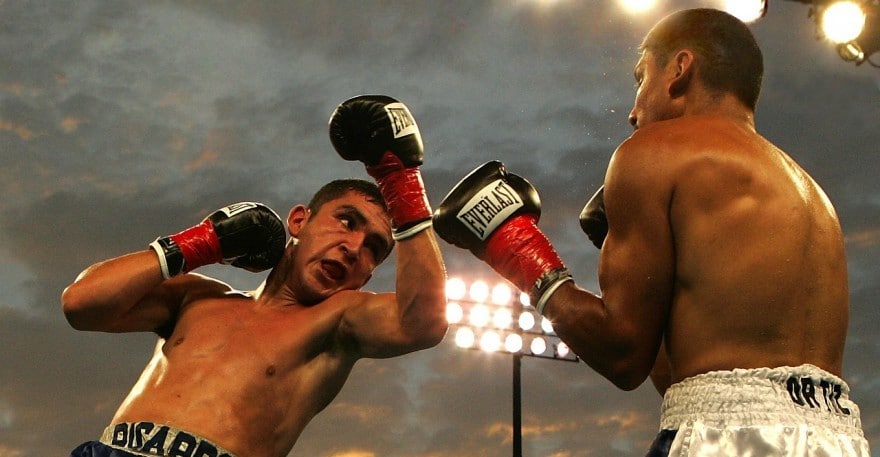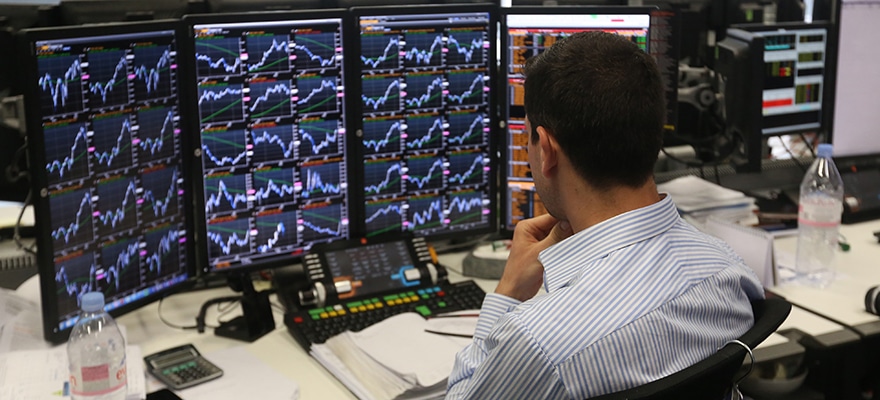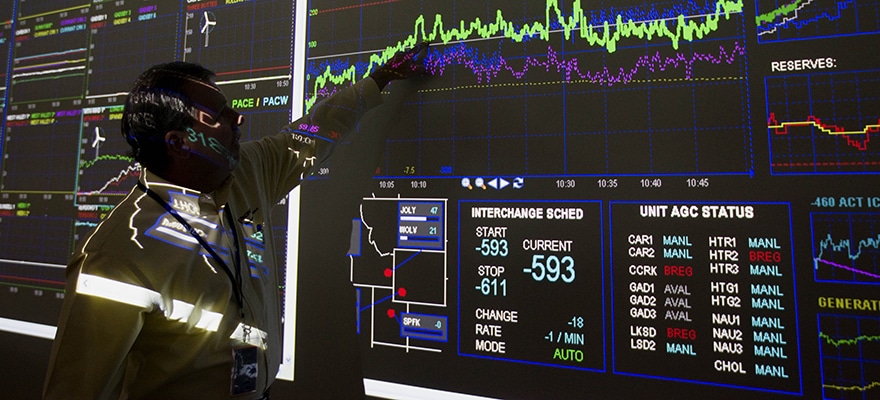There is a common denominator among most beginner traders, which is that most of them start trading in order to deviate from their average daily routine. Some people go bungee jumping, others trade the financial markets - crazier things have happened.
Whenever someone’s perception departs from their expectations, their heart rate inevitably rises - some people handle deviations better than others, but everyone ultimately has a breaking point.
The thrill of trading is all fun and games until you start losing your capital, however. So, how does one make sure that their capital remains intact, while potentially turning a reasonable profit?
As discussed in my previous article, traders need to know how to react when losses occur and most importantly; how not to get greedy when that sweet winning streak happens. I stated that an efficient trading strategy, coupled with a money management strategy, are of paramount importance if a trader is to stand a fighting chance in real market conditions.
Those two ingredients are meant to be put into place in order to support the trader’s trading psychology. As simple as it sounds, traders often fail to stay true to their trading and money management strategies - not many people manage to take the emotion out of trading.
Managing Expectations
The reason people employ those strategies is for them to stay in their “comfort zone”, so to speak. A trader’s expectations need to be set up to an extent and if one diverts up and down; this invariably implies a certain level of risk. When traders step out of the comfort zone of their trading strategies, they'll inevitably start to feel nervous.
The main premise of trading psychology is that the calmer you are, the better you trade. If you’re in the middle of your trading session and things aren't going as planned, the worst thing you can do is panic – this will only lead to mistakes which will result in more losses.
The most common error made by novice traders is panicking as soon as their trading strategy hits a small bump, and going for the “double when in trouble” approach. The Martingale strategy dictates that traders should double up on their next trade in a desperate attempt to recoup their losses.
The problem with that approach is that as much as you are bound to win a few trades, the markets can go against you longer than you can stay liquid.
Peter Brandt, a veteran trader with more than 5 decades’ worth of experience under his belt, famously stated that a trader’s first challenge in the financial markets is to learn “how to lose properly.”
Avoid Distractions
Traders who start off using a demo account never truly get the feel for the real conditions that await them on the other side of the coin. Imagine someone who plays poker and bluffs with fake money - how much pressure do you think that player is under? Trading conditions rarely change from a demo to live accounts, but it’s a trader’s ability to handle the pressure from losses that is measured.
A commonly-used technique which helps separate one’s emotions from trading is to ignore the area of the Trading Platform displaying the current P/L of the open positions. Think of that changing profit/loss display as the barometer for a trader’s trading emotions; the only thing which should interest the trader is the monthly P/L. Anything more short-term than that will serve as a distraction from the bigger picture.
Greed is also one of the main mistakes traders naively make. Let’s take a poker player who starts off a game with $5,000 and a concise game plan in mind. After about an hour, the player becomes chip leader with $20,000. More often than not, that individual will start taking more risks in order to wipe out the table and take the lot, forgetting how he got to make that $15,000 profit in the first place - patience and consistency.
The problem with the scenario above is that the player will be running on pure luck. As long as a trader sticks to the game plan, the thrill of luck is eliminated. We’re talking about consistency and detailed calculations created in order to minimise risk and promote the probability of profit. When 90% of traders achieve a considerable profit, they often forget the factors which got them there in the first place: a trading strategy, a money management strategy, and a patient mindset.
As always, consistency is key.
















